The Haunting Spiral: Junji Ito's Uzumaki and Its Journey from Page to Screen
- 23 Sep 2024
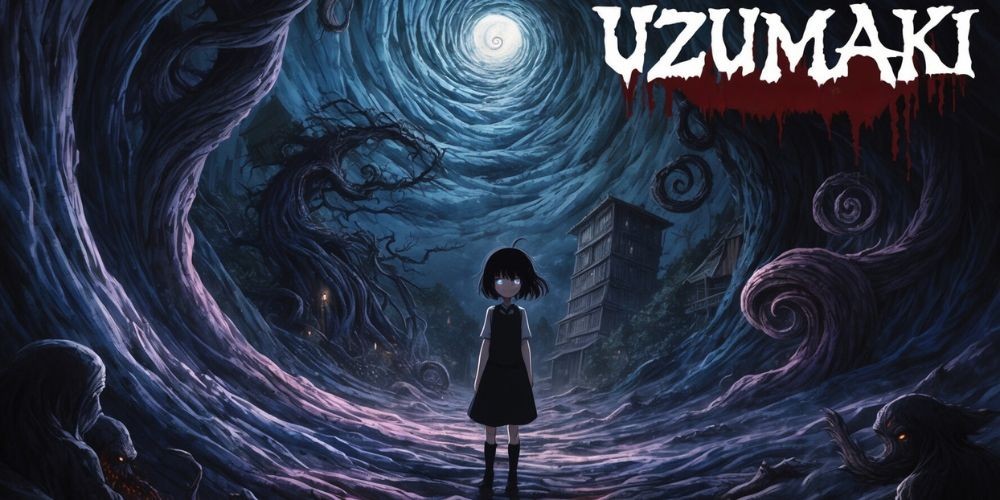
In the constantly transforming realm of manga, where vibrant tales of heroism like One Piece and Naruto have reigned supreme, a different narrative has quietly burgeoned—a narrative cloaked in shadows and dread. This is the domain of horror, with Junji Ito standing as its most prominent architect. His celebrated work, Uzumaki, stands as a cornerstone of horror literature and art, regarded by Ito himself as the “most complete demonstration” of his unique artistic prowess. As the long-awaited anime adaptation finally gears up for its debut on Adult Swim this September, a deeper exploration into this seminal work unveils why it continues to spark the collective creativity of viewers across the globe.
Junji Ito: The Visionary Behind the Horror
Junji Ito's contributions to horror manga stretch back over three decades, during which he has meticulously crafted narratives and imagery that resonate with readers. His ability to thread eerie tales with captivating visuals has set a standard in the genre that few can rival. Ito's secrets lie not only in his artistry but also in his profound understanding of the psychological aspects of fear.
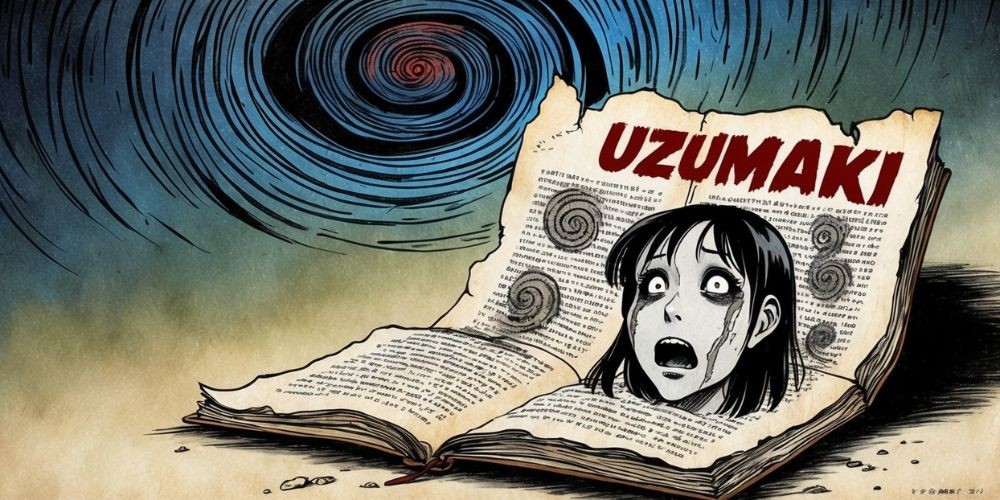
A Masterpiece of Anticipation
The journey to Uzumaki's anime adaptation has been long and fraught with delays, building up excitement within the anime community. The suspense reached new heights with the recent teaser release by Adult Swim, which provided a glimpse into the chilling world that awaits. This adaptation, promising to honor Ito's initial vision, is set to clear the path for a transformative age of horror in anime.
Understanding Uzumaki
At its essence, Uzumaki revolves around the eerie concept of spirals. Although a simple geometric shape, within the narrative it becomes a catalyst for dread and despair in the town of Kurouzu-cho. Spirals manifest in numerous frightening forms—these include swirling clouds and creeping vegetation, eventually intertwining with the fates of the town's residents. This ingenious use of a singular shape to elicit terror is a hallmark of Ito's narrative style.
Childhood Influences and Inspirations
In interviews, Ito has often cited the inspiration drawn from his formative years. One specific memory—living in a long-row house—helped provoke his imagination surrounding confinement and abnormality. Such childhood experiences shaped his perception of space and eventually influenced his storytelling style, making it both personal and universal.
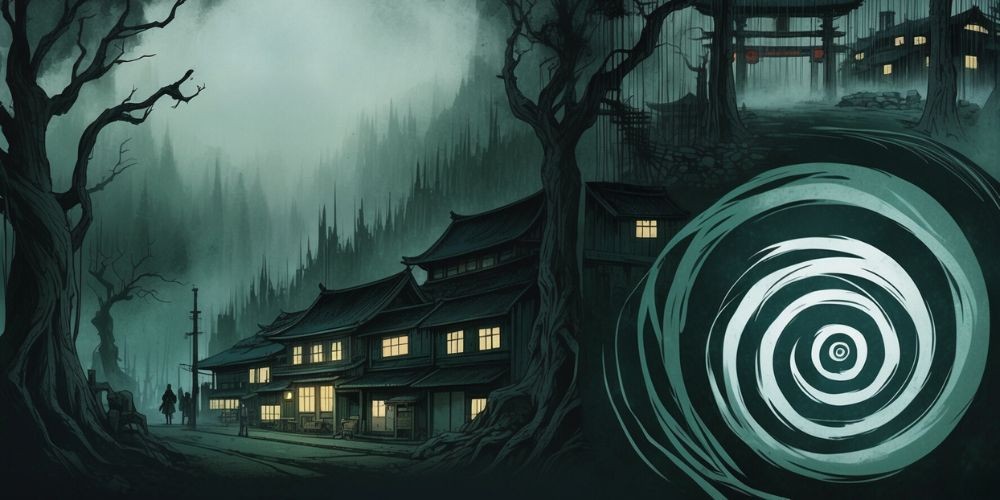
Delving Into the Mind of a Horror Maestro
When asked why he gravitates towards horror, Ito shares his childhood reverence for other horror artists, notably Kazuo Umezu, as well as an appreciation for international horror films. These influences provided the canvas upon which Ito painted his fears and fascination. The interplay of the supernatural with the grotesque allows for limitless expression, igniting his creative fire for years.
The Allure of the Grotesque
Horror, by its very nature, grapples with humanity’s deepest fears and vulnerabilities. It encourages exploration of extremes—fear, curiosity, and the uncanny merging to create a profound sense of unease. For Ito, the grotesque acts as a mirror reflecting our hidden fears, motivating him to explore the unsettling territory of the dark side of human existence.
Images That Haunt
An extraordinary feature of Uzumaki is its visual landscape, which flourishes through striking black-and-white contrasts. Such rendering not only captivates the eye but also intensifies the haunting atmosphere that Ito is revered for. The spirals, present throughout the visual narrative, become omnipresent reminders of the inescapable nature of the horror that unfolds.
The Evolution of Animation
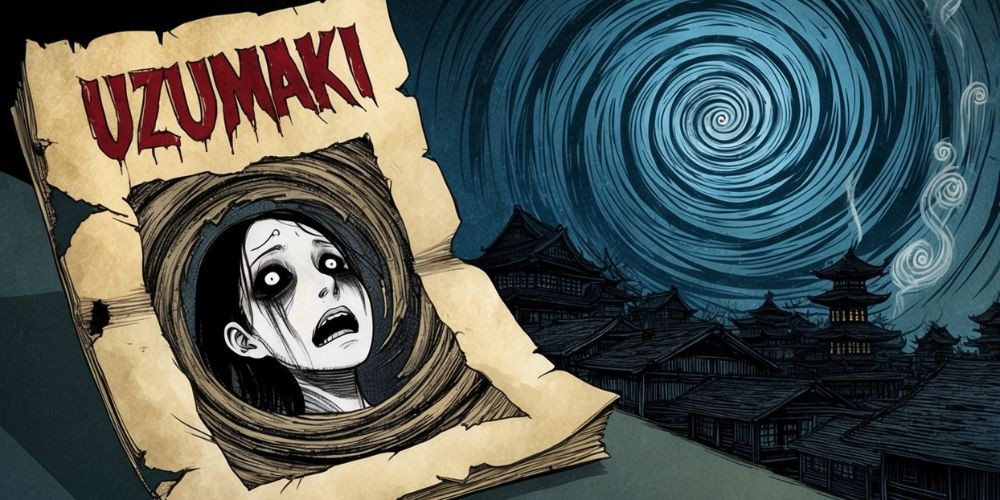
As the discipline of animation progresses and innovates, the potential for capturing the haunting spirit of Uzumaki also heightens. The intricacies of its imagery promise to translate beautifully into animated form, effectively breathing life into the spirals that have haunted readers’ imaginations. By melding Jhorror's stark visuals within the animation medium, the dread is amplified, ensuring that viewers experience not just a story, but a deeply unsettling journey.
A Broader Quest for Cosmic Horror
Uzumaki transcends mere terror, delving into realms of cosmic horror and body horror. With themes that explore humanity's insignificance in the universe and the malleability of the human form, Uzumaki taps into primeval fears that resonate universally. It serves as a reflection of the capriciousness of existence, making its mark on an anxious contemporary audience.
The Impact on the Horror Genre
With horrors constantly being pushed to the periphery in favor of mainstream narratives, the arrival of Uzumaki's adaptation might herald a shift in the industry's focus. Ito’s work could potentially establish horror as a legitimate and significant subgenre within the manga and anime community, allowing for future generations of creators to explore darker themes without hesitation.
Uzumaki's Lasting Relevance
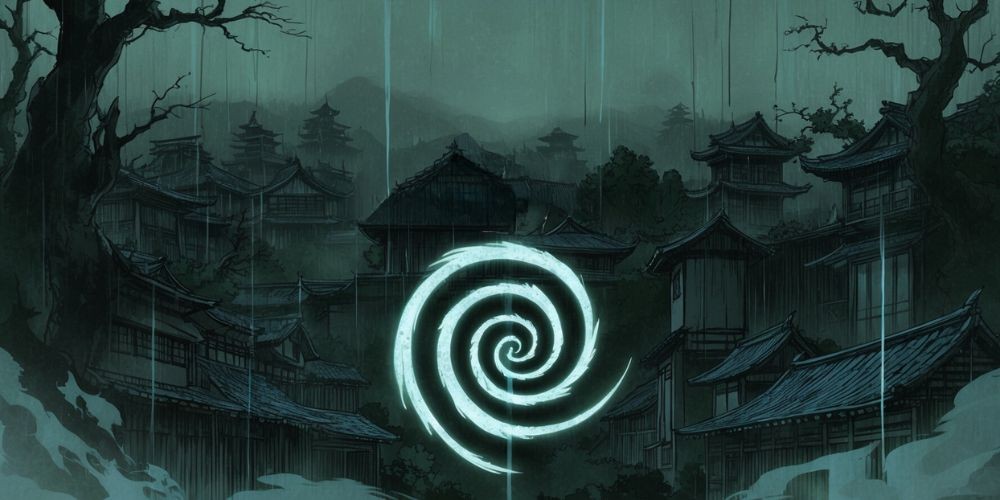
Even years after its initial serialization, Uzumaki remains pertinent. In a world fraught with turmoil and chaos, the exploration of fear and the unknown strikes a chord with many. This resonation speaks volumes about the nature of fear itself; it evolves alongside societal changes, ensuring that manga like Uzumaki will always find a place in literary and visual culture.
The Viewer’s Experience
The upcoming adaptation aims not only to entertain but to invoke a visceral response from viewers, much like the original manga did for its readers. The anticipation builds around how effectively the ambiance and emotions of the manga will translate into motion, potentially enveloping audiences in an experience of dread seldom felt in mainstream anime.
Uzumaki: Beyond Manga
Ultimately, Uzumaki stands as a testament to Junji Ito’s extraordinary exploration of horror, an art form that embraces the strange and the terrifying. As the date for its adaptation draws nearer, discussions around horror narratives in media are bound to flourish, encouraging a broader exploration into the complexities of fear.
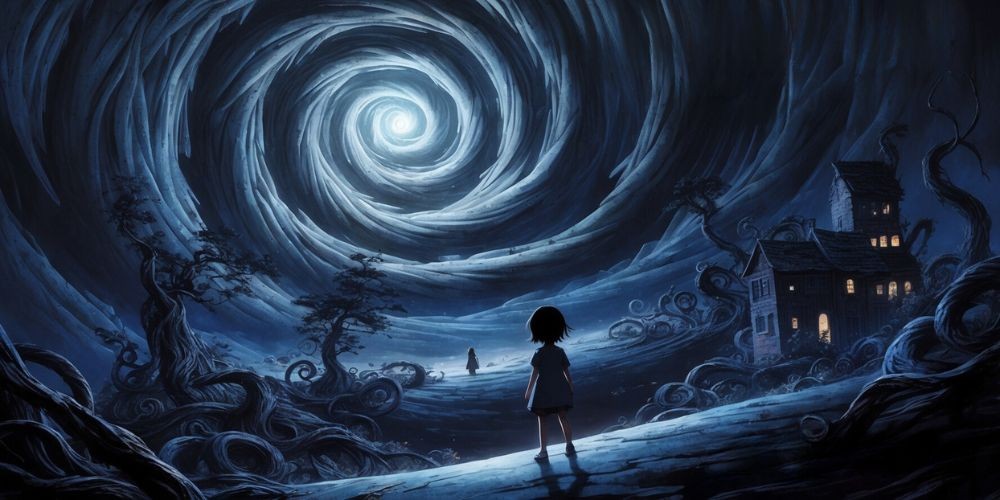
Looking Forward
With Uzumaki spiraling onto screens this September, viewers look ahead with excitement and trepidation, prepared to witness the unsettling narratives unfold. In a cultural landscape dominated by Shonen titles, this horror masterpiece could very well spur a revitalization of horror in the anime realm—a genre whispering the dark truths that dwell within humanity itself.


